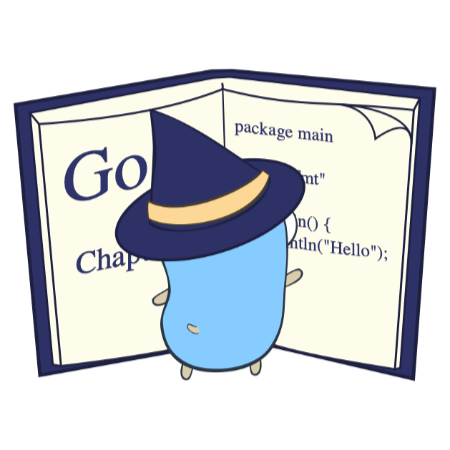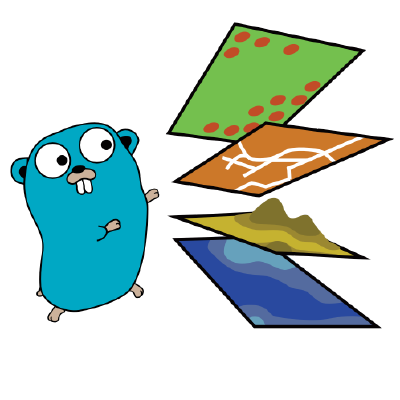All about Go maps: frequently asked questions
What is a map in Golang and how does it work? Are Go maps thread-safe? Are maps pointers? How do you check if a map is empty? Can maps be nil? How do you clear a map? How do you copy a map? How do you convert a map to JSON or YAML? Go teacher and expert John Arundel answers your frequently-asked questions about Go maps.
This is part 7 of a Golang tutorial series on maps. Check out the other posts in the series:
- Declaring and initializing maps
- Map types in Go
- Storing and retrieving map values
- Finding whether a Go map key exists
- Iterating over Golang maps
map[string]interface{}in Go
We've looked at the basics of Go maps in this series: declaring and initializing, reading and writing, iteration, and the very useful map[string]interface{} type. To wrap up, let's look at some of the most frequently-asked questions about Go maps, and try to answer them. If you have a question that's not answered here, please get in touch!
What is a map? How does a Golang map work?
When we introduced Go maps in the first part of this tutorial series, we saw that a map lets you relate a set of keys to a set of values. For example, a map[string]int relates a set of strings to a set of integers. It allows you to look up a string key, and find the corresponding integer value.
But how does this actually work, under the hood? Maps are implemented in Go as a hash table, which is a data structure designed to efficiently store and retrieve arbitrary values. The requirements and limitations of hash tables and hashing algorithms explain a lot about why maps in Go work the way they do.
Here are some great resources for learning more about Go's map implementation:
- Go maps in action
- How the Go runtime implements maps efficiently (without generics)
- Macro View of Map Internals In Go
- Inside the Map Implementation (video)
Are Go maps thread-safe?
Although we sometimes speak loosely about 'thread safety' in Go, goroutines are not threads, so we should really ask "Are maps in Go concurrency-safe?" instead.
The answer is no. As with any other Go variables (except channels), if you try to access a map from two or more goroutines at the same time, this will create a data race and cause your program to crash (at best). It's really important to be aware of this issue if you're writing concurrent code in Go, and to use the race detector to make sure you don't accidentally hit this problem.
One way to protect maps from concurrent access is to use a mutex (or a sync.Map, which has a built-in mutex), but it's often better to rearrange your program so that it doesn't need concurrent access to shared data in the first place (by using a channel, for example). A proverb says "Don't communicate by sharing memory, share memory by communicating".
Are Go maps like pointers?
Yes and no. Maps, like slices, channels, and functions, are what's loosely called reference types. If we think about how data is actually stored in the computer's memory, then we might consider that variables are a bit like boxes: you can put values in them, and then retrieve them later by using the name of the box.
With so-called primitive types, like runes and integers, the contents of the box is just the value of the variable. With a reference type, though, the box actually contains a pointer; the address of another box, if you like. This makes it efficient to pass maps as parameters to functions, for example. We're not actually moving huge slabs of data around in memory, just a single 64-bit value which is the address of where the slab lives.
How do you check if a map is empty?
This is an easy one, because you can use the built-in len() function to check the number of keys in a map:
m := map[string]bool{
"Go is awesome": true,
"I drink and I know things": true,
"PI IS EXACTLY THREE!": false,
}
fmt.Println(len(m))
// 3So if the len() of the map is zero, the map is empty.
Can a Go map be nil?
Yes, it can. Any reference type can be nil, which is the same as saying that it doesn't point to any value in memory. A nil map is what you get when you declare a map variable, but don't initialize it:
var nilMap map[string]boolDon't be confused by the difference between a nil map and an empty map. A nil map is one that has never been initialized, and can't be assigned to (this would terminate the program with a panic: assignment to entry in nil map error). By contrast, an empty map is a perfectly cromulent map which just happens to contain no keys. But if you're printing out the values, they look exactly the same:
var noMapHere map[string]bool
emptyMap := map[string]bool{}
fmt.Println(noMapHere, emptyMap)
// map[] map[]The way to tell if a map value is nil is to compare it with nil:
fmt.Println(nilMap == nil)
// trueHow do you clear a Go map?
While you can use the built-in delete() function for removing individual keys from a map, there's no built-in way to delete all keys from a map. Fortunately, that's rarely necessary, but if you do want to clear a Go map completely, the simplest way is to assign it an empty map literal:
m := map[string]bool{
"Go is awesome": true,
"I drink and I know things": true,
"PI IS EXACTLY THREE!": false,
}
m = map[string]bool{}
fmt.Println(len(m))
// 0How do you copy a Go map?
This is completely straightforward: use a for loop (see Iterating over Golang maps for more about this) and copy each key and value to the new map.
c := map[string]bool{}
for k, v := range m {
c[k] = v
}How do you convert a Go map to JSON?
Too easy! Use the encoding/json library:
import "encoding/json"
...
m := map[string]bool{
"Go is awesome": true,
"I drink and I know things": true,
"PI IS EXACTLY THREE!": false,
}
data, err := json.Marshal(m)
if err != nil {
log.Fatal(err)
}
fmt.Printf("%s\n", data)
// {"Go is awesome":true,"I drink and I know things":true,"PI IS EXACTLY THREE!":false}How do you convert a Go map to YAML?
There's a library for that too:
import "gopkg.in/yaml.v2"
...
m := map[string]bool{
"Go is awesome": true,
"I drink and I know things": true,
"PI IS EXACTLY THREE!": false,
}
data, err := yaml.Marshal(m)
if err != nil {
log.Fatal(err)
}
fmt.Printf("%s\n", data)
// Go is awesome: true
// I drink and I know things: true
// PI IS EXACTLY THREE!: falseWhat's a good introductory Go book that explains maps?
You can read more about how to use maps in real Go applications in my book, The Deeper Love of Go. You'll also learn all about structs and slices, while developing the core of an online bookstore app in Go.
Where can I get good Go training?
If you found this article useful, and you'd like to learn more about Go, then I can help. Check out my personal and team training courses, or get in touch to chat about your requirements.
Gopher image by egonelbre






![map[string]interface{} in Go](https://images.squarespace-cdn.com/content/v1/5e10bdc20efb8f0d169f85f9/1591464680043-WPLK1CDNHHUE6PO8F7QE/jet-pack.png)


